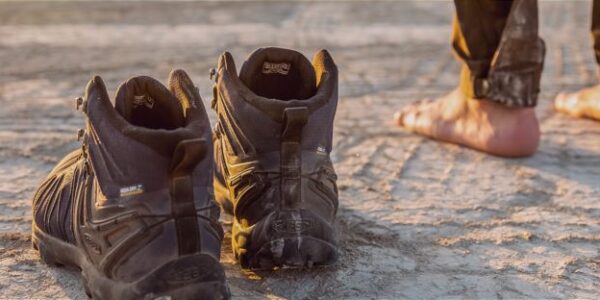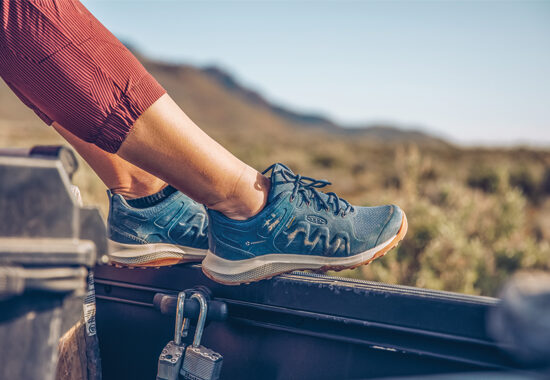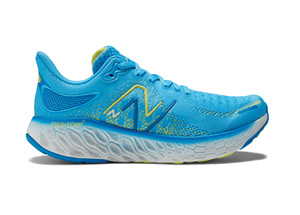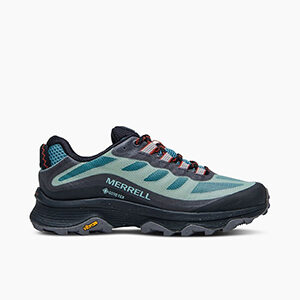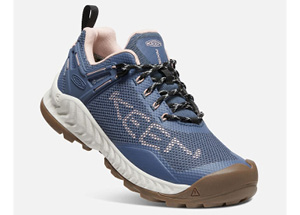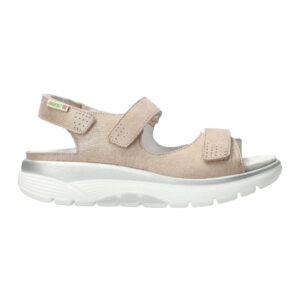Why wear an orthopedic shoe when travelling?
It is important to choose footwear that suits your foot shape, lifestyle and activities, and that fits properly to avoid negative impacts. And to take full advantage of your destination!
Wearing orthopedic shoes while travelling can help reduce fatigue, prevent injuries, improve posture and correct foot problems. This lets you focus on what really matters—making the most of your trip.
Orthopedic shoes are designed to provide additional support to the feet, legs and back, which can help reduce the fatigue and pain associated with prolonged walking or standing. Premium footwear provides additional foot protection. This can help prevent injuries due to walking on uneven or unfamiliar surfaces.
How do I choose the right orthopedic shoe for travel?
There are a variety of orthopedic shoes for specific travel needs, such as hiking shoes for mountain excursions and sports shoes for physical activities. Choosing the right shoe for walking depends on things like your foot shape and gait pattern.
There are shoes designed for each pattern: supination, neutral and overpronation.
An orthotist will help you assess your feet and recommend appropriate footwear. Orthopedic shoes are designed to support the natural shape of the foot by providing superior comfort and support.

